A few weeks after planting, you get a call to a local peanut…
A few weeks after planting, you get a call to a local peanut field to check on a problem. A grower has wilting stands in patches around the field. It’s been relatively cool, with adequate moisture. You pull up a few plants pictured below. The grower thinks you’re a genius because you identify the problem as ____________.
Read Details


